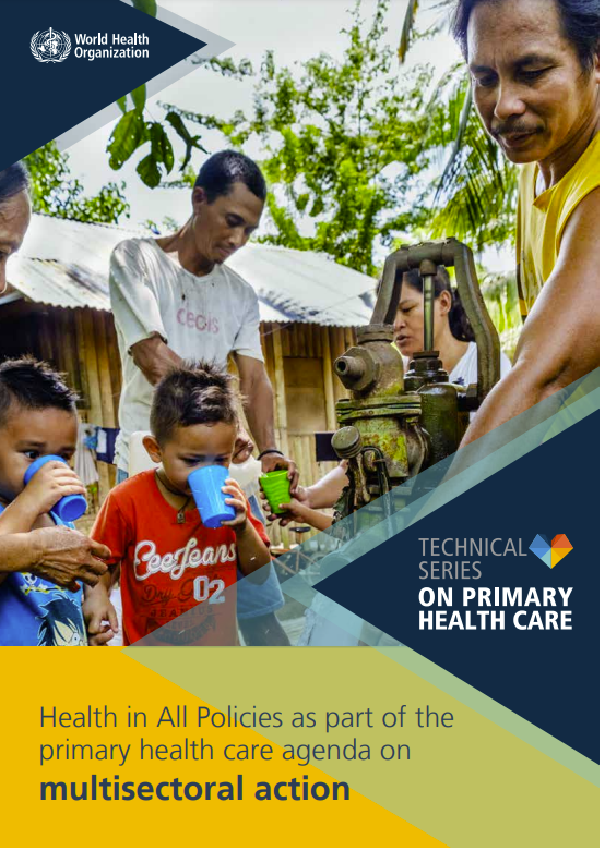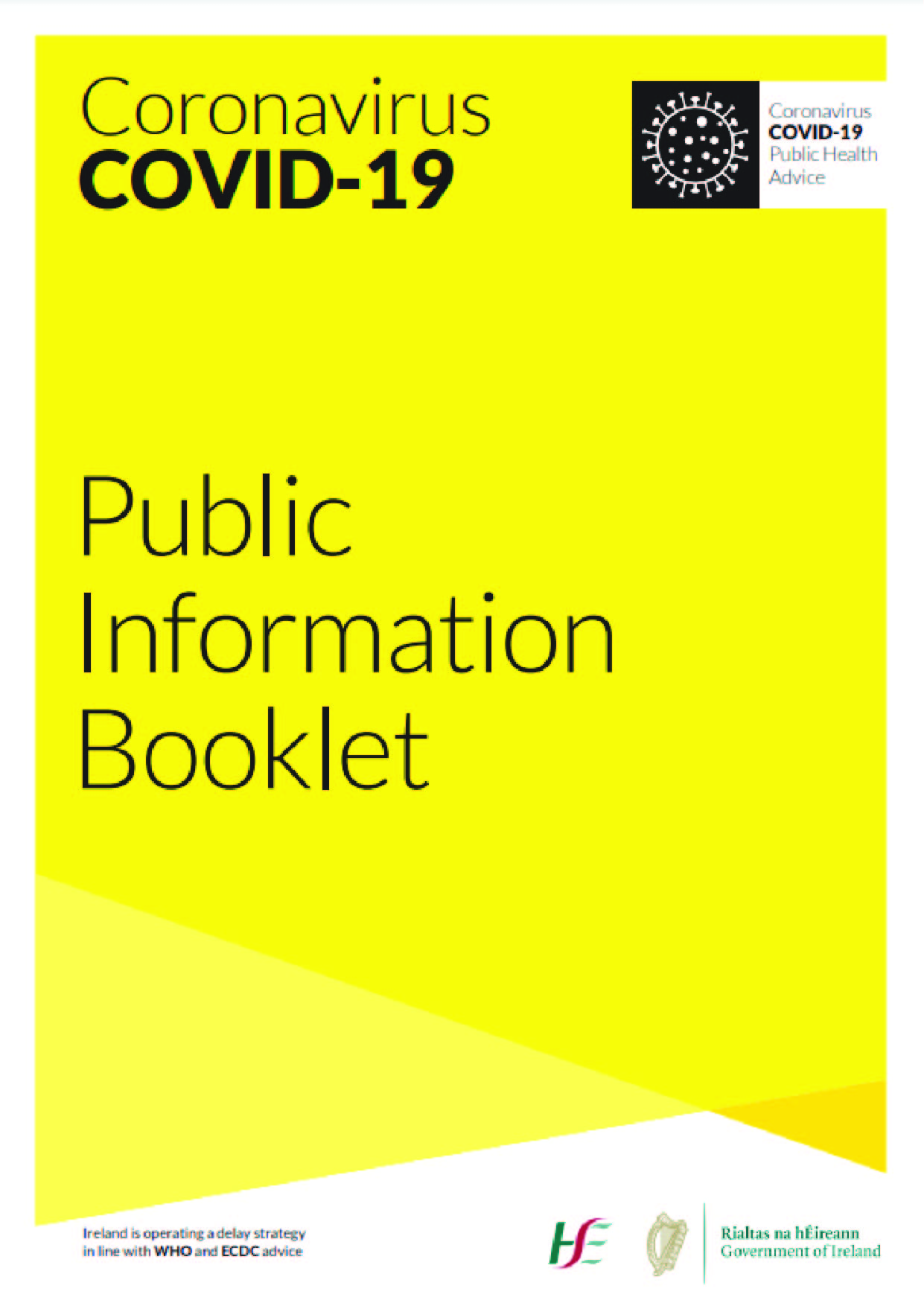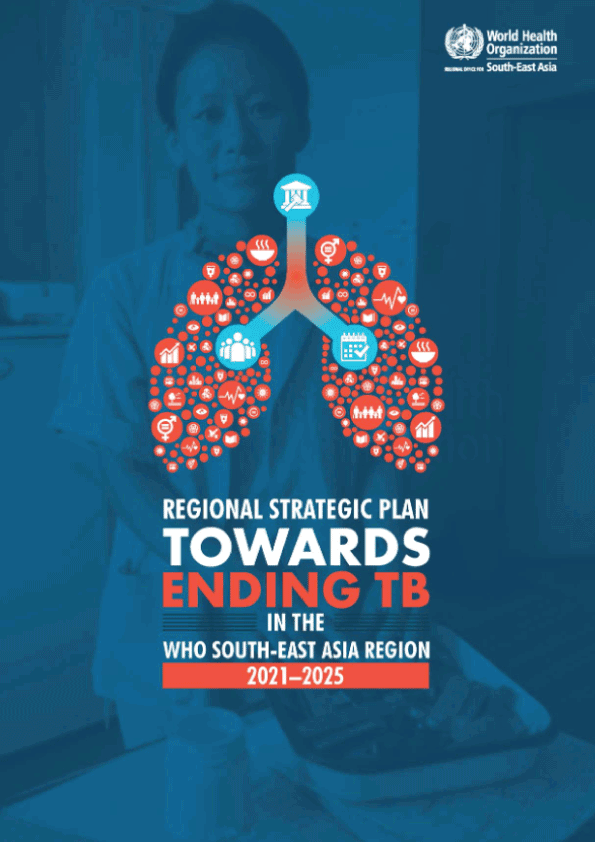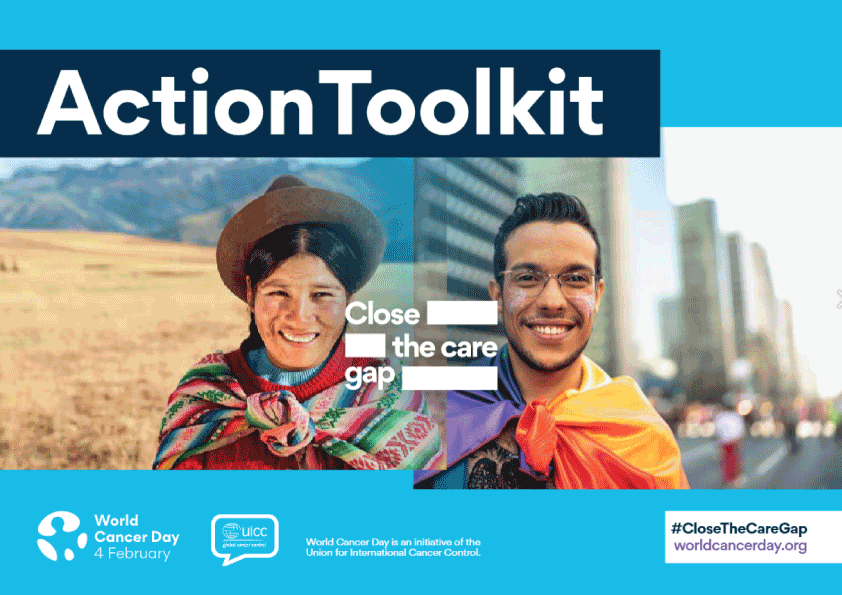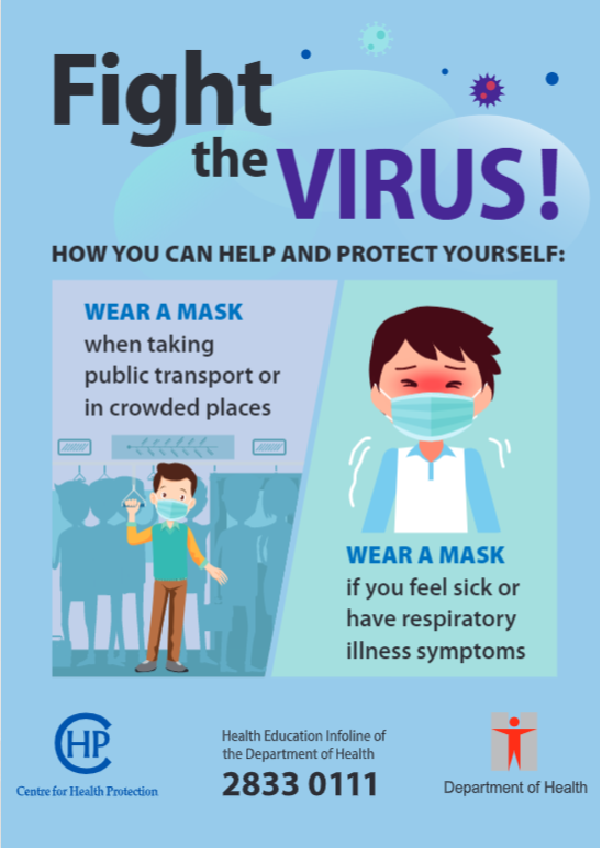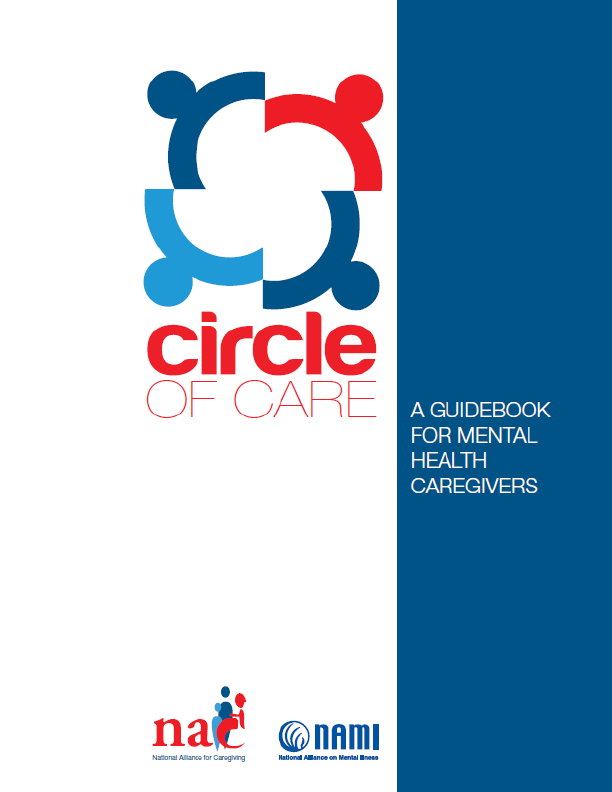Introduction
Declaration of Alma-Ata was adopted at the International Conference on Primary Health Care (PHC), Almaty (formerly Alma-Ata), Kazakh Soviet Socialist Republic (present-day Kazakhstan), 6–12 September 1978. It expressed the need for urgent action by all governments, all health and development workers, and the world community to protect and promote the health of all people. It was the first international declaration underlining the importance of primary health care. The primary health care approach has since then been accepted by member countries of the World Health Organization (WHO) as the key to achieving the goal of “Health For All“, but only in developing countries at first. This applied to all other countries five years later. The Alma-Ata Declaration of 1978 emerged as a major milestone of the twentieth century in the field of public health, and it identified primary health care as the key to the attainment of the goal of “Health For All” around the globe.
Forty years after the Declaration of Alma-Ata on Primary Health Care, the Declaration of Astana on Primary Health Care will be released at the Global Conference on Primary Health Care. The conference is being co-hosted by the Government of Kazakhstan, the World Health Organization (WHO), and the United National Children’s Fund (UNICEF), on the occasion of the 40th anniversary of the Declaration of Alma-Ata.
The conference recommits to strengthening primary health care through the Declaration of Astana on Primary Health Care and puts forward a vision for primary health care as an approach or strategy for health in the 21st century that orients society and health systems to maximize health and well-being with equity. The primary health care approach is centered on the importance of the needs and circumstances of people, as individuals and communities. People’s (primary) health care (1) a term coined by the historian, Professor Anne-Emanuelle Birn, comprises three interrelated and synergistic components (see Fig. 1):
1. Systematically addressing social, economic, environmental, and commercial determinants of health through evidence-informed public policies and actions across all sectors;
2. Empowering people, families, and communities to take control of their health, as advocates for policies that promote and protect the health, as codevelopers of accountable health and social services through social and community participation, and as self-carers and caregivers to others;
3. Ensuring people’s main health problems are addressed through comprehensive promotive, protective, preventive, curative, rehabilitative, and palliative care throughout the life course. Key services that are responsive to those who are most vulnerable and marginalized aimed at the population (e.g. public health functions) and personal services are the central elements of integrated service delivery across all levels of care.
The components of the Declaration of Astana are designed to move societies towards universal health coverage and the Sustainable Development Goals (SDGs) (2). The SDGs provide the first comprehensive, consensus blueprint for human development, within which population health is a precondition, an outcome, and an indicator of sustainable development (3). Health and the health sector contribute to and are influenced by, actions taken to achieve all other goals and targets.
This background paper discusses the importance of the Health in All Policies approach as part of the Astana Declaration in pursuing universal health coverage and the broader SDGs through addressing determinants of health. Health in All Policies (HiAP), defined internationally in 2013 (see Box 1), is a proven approach to addressing the determinants of health across many sectors by developing the needed leadership and governance and sustained partnerships for actions between sectors.
